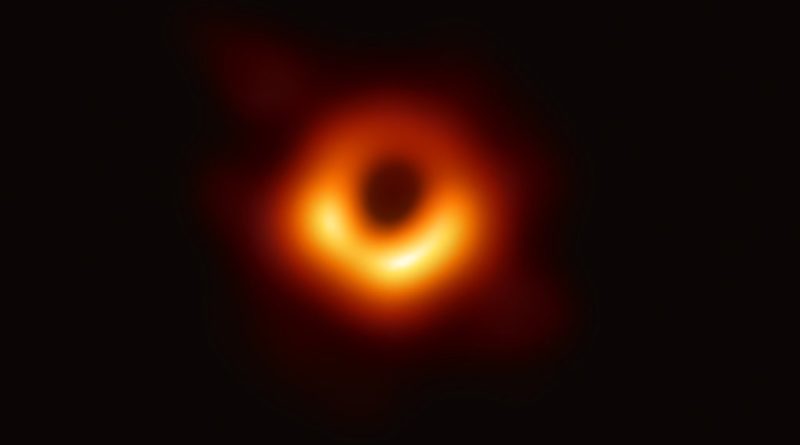ASTRONOMY: AMERICAS-NASA USA – Why didn’t scientists photograph the black hole at the center of the Milky Way?
After years of work and a whole lot of hype, researchers working with the Event Horizon Telescope project finally unveiled the very first image ever captured of an actual black hole this week. The relatively low-res image was nonetheless fantastic, and the fact that scientists were able to capture an image of the black hole from a distance of approximately 55 million light-years away is absolutely mind-boggling.
But wait, we live in the Milky Way galaxy, and at the center of it is what scientist believe is a supermassive black hole called Sagittarius A*. Our galaxy is only around 150,000 to 200,000 light years across, so wouldn’t it have been a whole lot easier to just photograph our own black hole instead?
.
ADS by Cloud 9:
.
– SPACE RESERVE FOR YOUR ADVERTISEMENT –
.
.
Related stories
.
Here is the first-ever photo of a black hole
.
Watch scientists reveal the first-ever image of a black hole live
.
We may be just days away from seeing a black hole for the first time ever
.
.
– SPACE RESERVE FOR YOUR ADVERTISEMENT –
.
That’s a question I’ve seen a few times on social media since the first black hole photo began circulating, and it’s a good one. It would make sense to capture a photo of the closest black hole to Earth, especially if we want to see it in great detail. Unfortunately, Earth — and the vast majority of the planets in the galaxy — just aren’t in the right position to see our galaxy’s black hole with optical technology.
The Milky Way is a spiral galaxy with long arms filled with hundreds of billions of stars, and it’s arranged like a flat disc. If you were to look at the entire galaxy from its face, you’d quickly see our dilemma:

.
.
– SPACE RESERVE FOR YOUR ADVERTISEMENT –
.
The dot labeled “Sun” is where our solar system resides in the galaxy, riding the edge of one of the Milky Way’s long, curved arms. From out vantage point, gazing in the direction of the center of the galaxy looks something like this:

.
.
– SPACE RESERVE FOR YOUR ADVERTISEMENT –
.
Trying to see our galaxy’s own black hole is like trying to see the center of a vast forest while standing along its fringe. There’s just too much stuff in the way, including stars, planets, gas, and dust. To have any hope of seeing our own black hole we’d have to send a spacecraft tens, or even hundreds of thousands of light years away, allowing it view the Milky Way from its face rather than its side, at least when talking about the optical spectrum.
Radio telescopes are capable of cutting through a lot of the cloudy debris and light that obscures our view. An array of such telescopes, spread across the globe, is exactly what the Event Horizon Telescope is, making it possible to glimpse Sagittarius A*, but first the black hole needs to cooperate.
The Milky Way’s black hole is significantly more difficult to capture in images due to how much its signal changes, and how rapidly those changes occur. Researchers with the EHT project still hope to capture a suitable image of Sagittarius A*, but they’re not quite there yet.
.
– SPACE RESERVE FOR YOUR ADVERTISEMENT –
.
So, the EHT team did the next best thing. M87, the supermassive black hole at the center of galaxy Messier 87, proved to be the perfect first candidate for observation due to its enormous size and consistency. It still took many years and required the collection of an incredible wealth of data, but we finally have our first-ever image of a real black hole.



 All photographs, news, editorials, opinions, information, data, others have been taken from the Internet..aseanews.net |
All photographs, news, editorials, opinions, information, data, others have been taken from the Internet..aseanews.net | 






